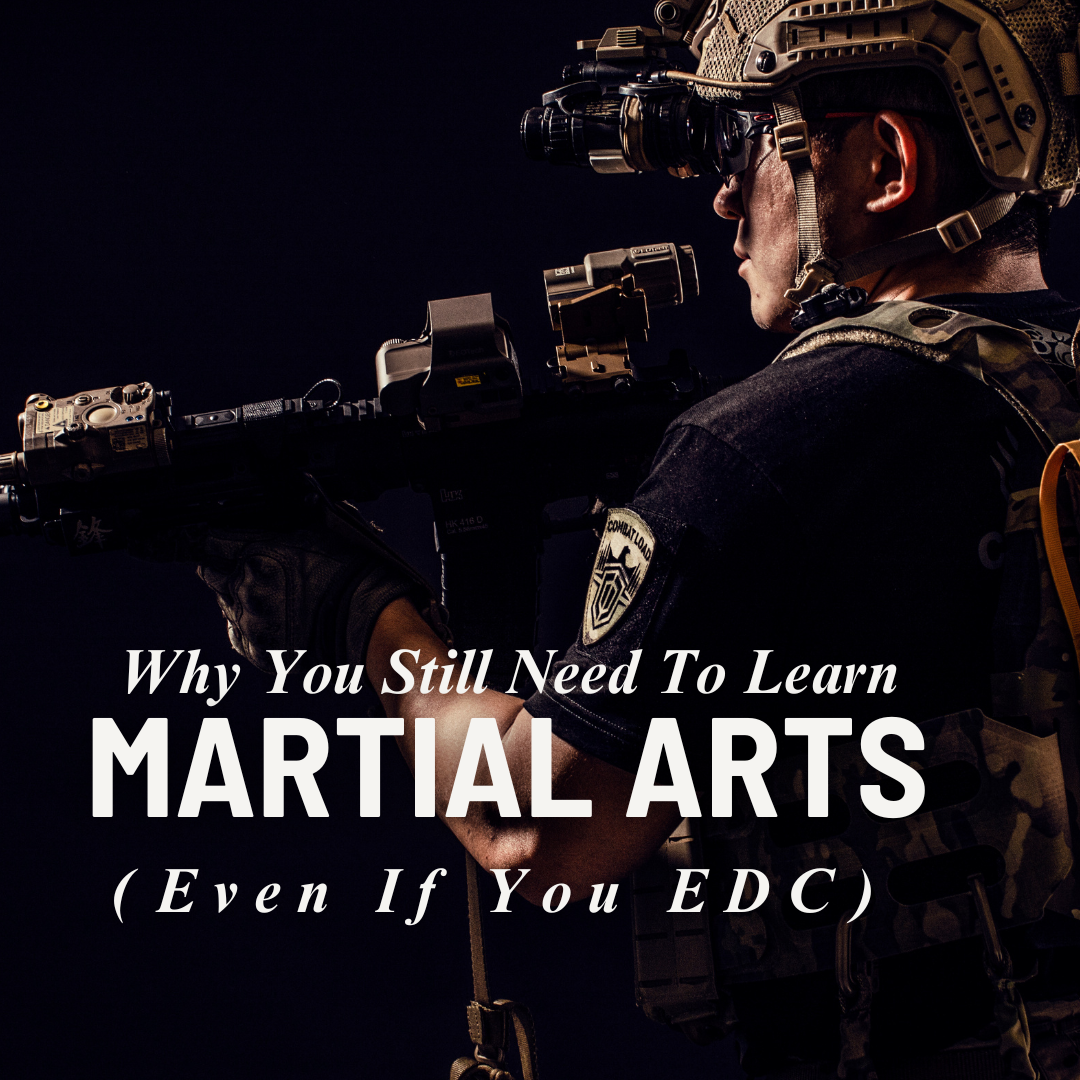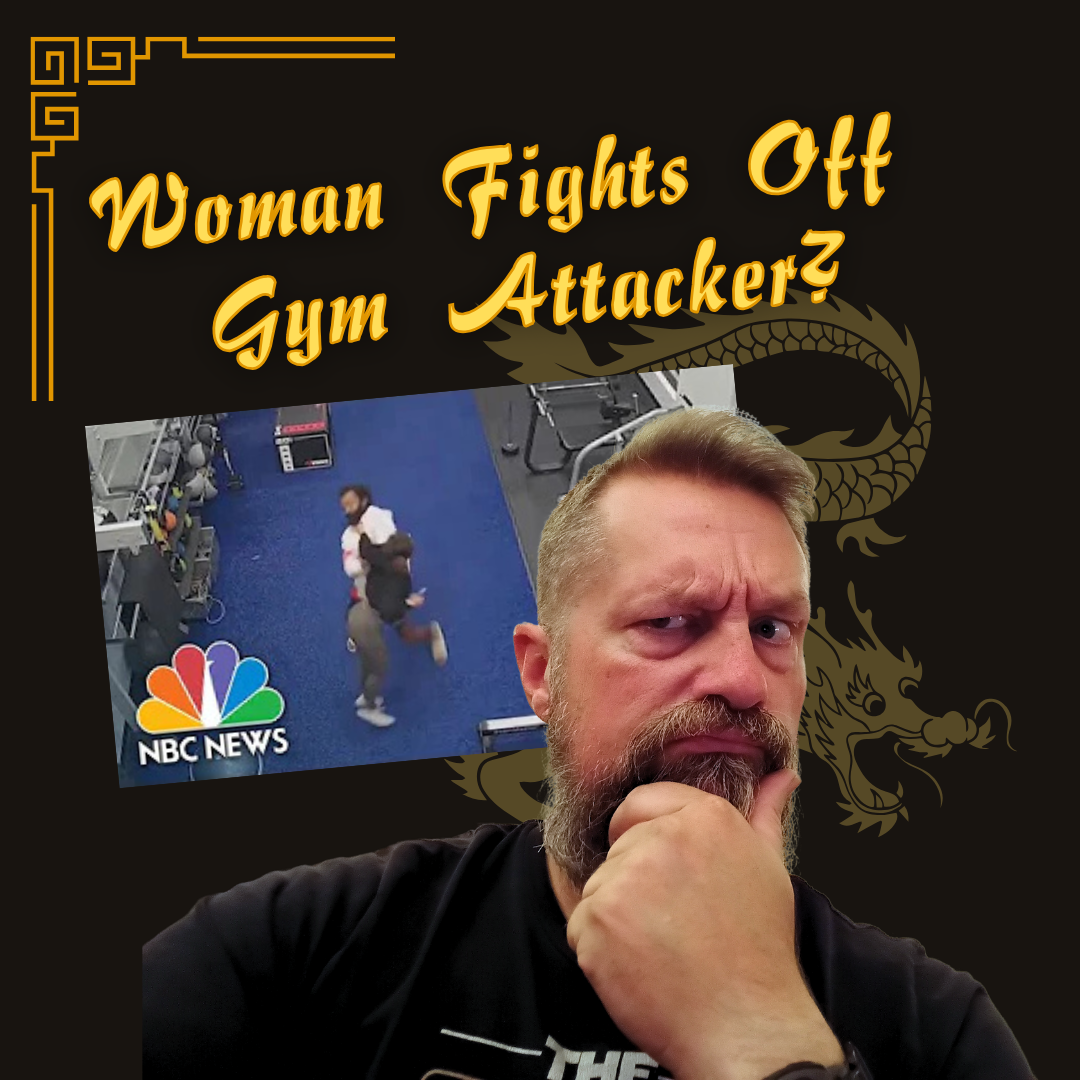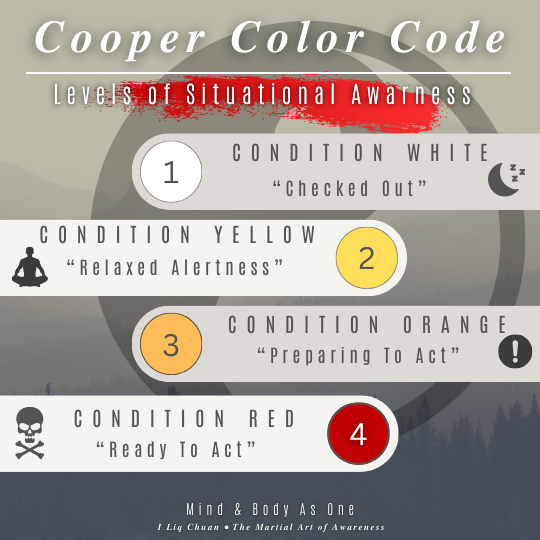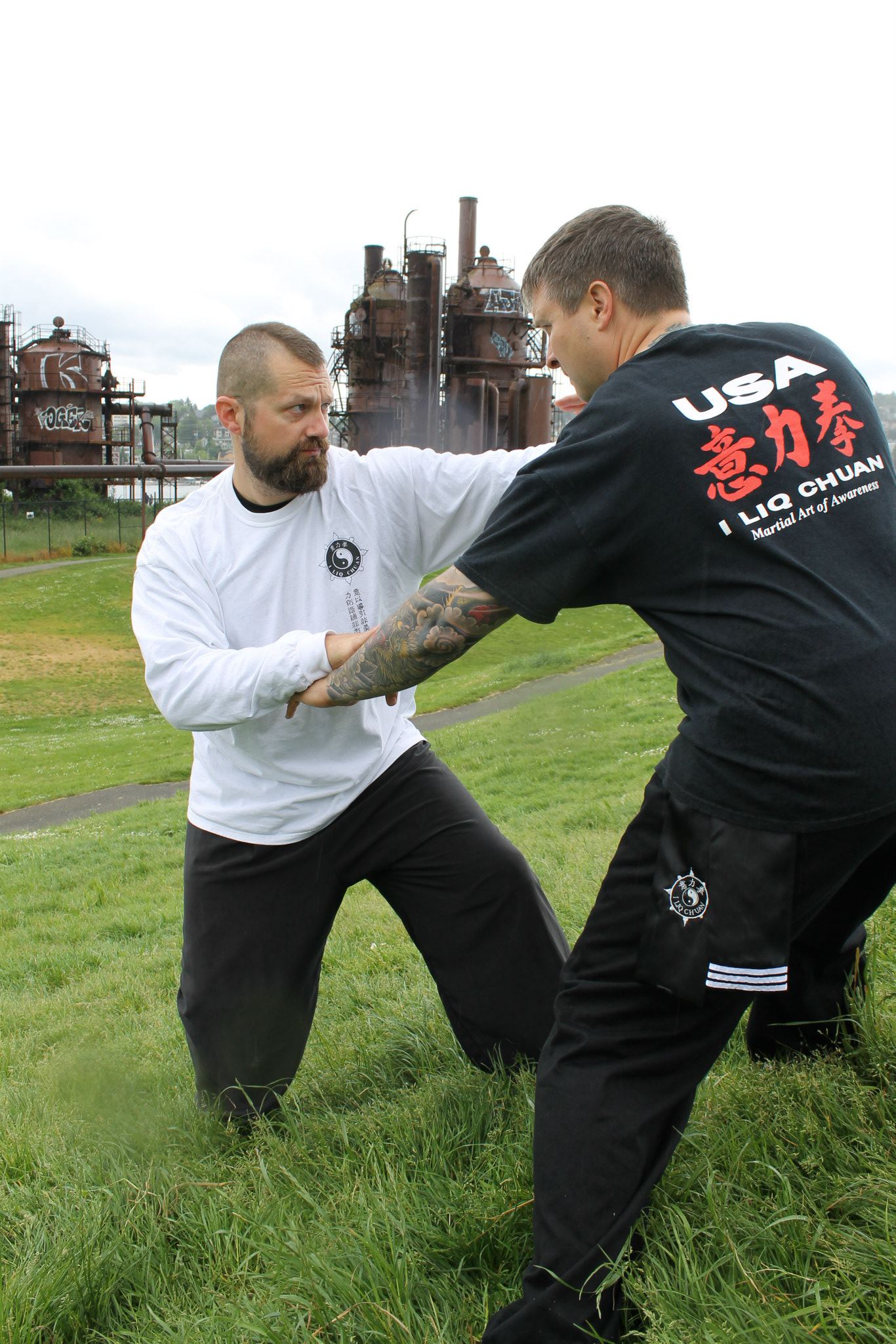
Self‑defense is a fundamental human right, yet exercising it often feels like walking a legal tightrope. A firearm might stop a threat, but in many states it’s illegal to carry, and one wrong shot can turn you into a defendant even if you were justified.
Empty‑hand skills can keep you law‑compliant, but meeting force with fists can leave you badly injured.
OC spray seems like the perfect middle path: compact,often legal (in America) legal where guns aren’t, and capable of stopping most attackers at a distance. But wind can betray you, formulas expire, quality varies, and about one in ten assailants simply don’t react.
Can you build a truly reliable, layered defense—one that keeps you safe without landing you behind bars? In the sections ahead, we’ll expose these hidden pitfalls and guide you toward a smarter toolkit for real‑world self‑protection.

What Is Pepper Spray?
Sometimes called OC (oleoresin capsicum) spray, pepper spray is a defensive aerosol formulated to deter assailants. Its active ingredient—capsaicin—derives from chili peppers and is responsible for their intense heat. When deployed toward an attacker’s face, the irritant quickly inflames mucous membranes in the eyes, nose, and throat, producing intense burning, tears, and temporary blindness. This reaction can incapacitate an aggressor long enough for the user to escape or seek help. While pepper spray is a standard tool for many law enforcement agencies, it’s also widely available for civilians seeking a compact, non‑lethal means of personal protection.
Capsaicin—the active irritant in OC spray—targets TRPV1 ion channels found on nerve endings in the eyes, nose, and airways. Once these channels are triggered, they relay intense burning and pain signals to the brain almost immediately. Users typically feel the full effects within seconds, and symptoms can persist for 30 to 45 minutes or more. Because it delivers a potent, non‑lethal shock to an attacker’s sensory system, pepper spray can rapidly disable an aggressor long enough for you to flee or call for assistance.
Is Pepper Spray An Effective Self-Defense Tool?
Self‑defense is a fundamental human right rooted in the basic libertarian principle that each individual owns their own life and body. No government or bureaucrat should be able to strip you of the right to protect yourself when faced with violence. In an ideal world, we’d all be free to choose the most effective self‑defense tools without red tape or moral judgment. But the reality is harsher: laws vary wildly from state to state, public opinion shifts with every tragedy, and the consequences of a defensive action can leave you more vulnerable than the attack itself.
Pepper Spray vs. Firearm For Self-Defense
In practice, the most effective tool for many is a firearm. A well‑placed round can stop an attacker instantly, and in capable hands, a gun offers reach and power unmatched by other means. Yet nearly 80 percent of assaults in the U.S. involve nothing more lethal than fists, feet, or so-called “regular force.”
In those situations, drawing or firing a weapon is not only overkill—it’s often legally unjustifiable and ethically questionable. Discharging a firearm in response to a shove or a punch can land you in court, facing manslaughter or worse charges, even if your intentions were pure.
Adding to the complexity, dozens of states restrict or outright ban carrying a firearm for personal defense. Conversely, most of those same states permit civilian possession of OC (oleoresin capsicum) spray. Pepper spray occupies a legal grey zone that, for many law‑abiding citizens, makes it the only viable “less‑than‑lethal” tool available for everyday carry. It addresses the need for a force multiplier without crossing the bright‑line prohibitions against deadly weapons in public spaces.
Limitations of Pepper Spray
But OC spray is no panacea. First, quality varies dramatically between brands and formulas. Some pocket‑size cans claim military‑grade potency but are little more than scented water when you need them most. Always choose a product from a reputable manufacturer, one that specifies OC concentration, spray pattern, and delivery range.
Then there are the firearm‑like pepperball guns and launchers to consider. They may feel safer for operators unused to firearms, offering projectile delivery of irritant rounds, but their bulk, reload complexity, and potential for serious injury make them fundamentally different tools. Treat them as separate from hand‑held OC—and train accordingly.
Pepper Spray Shelf Life and Expiration Date
Shelf life is another critical factor. OC sprays carry printed expiration dates for a reason: propellant degrades, pressure drops, and the active agents can settle or separate. An expired canister can spew a weak mist or fail outright. Mark your calendar to replace every unit before its sell‑by date, and store spares in your glovebox and range bag.
Pepper Spray & Environmental Factors
Environmental variables can’t be ignored. Wind can blow a stream of spray back into your face, rain can dilute the formula, and confined spaces can turn a defensive cloud into a hazard for both parties. To mitigate drift and maintain effectiveness, some manufacturers now offer OC gels rather than sprays: gels form a narrower, sticky stream that resists wind blowback, holds together in rain, and reduces collateral exposure in tight quarters. Tactical deployment still requires constant situational awareness and consideration of bystander risk.
Even the best OC spray won’t incapacitate all assailants. Some people, due to high pain tolerance, mental state, or drug use, won’t respond. According to firearms researcher and president of the Crime Prevention Research Center, John Lott, A National Institute of Justice study found that pepper gas works only 20% of the time when used by arresting officers. If your only plan is to spray and run, you risk facing a fully functional attacker who’s angrier than before.
Pepper Spray vs. Martial Arts
And the same limitations that apply to a firearm—namely, the window of opportunity to deploy it—apply to OC spray. An attacker who closes the distance in a second can seize your canister, knock it out of your hand, or beat you to the punch. As I’ve written about previously, that reality underscores the need for at least a baseline of empty‑hand martial arts skills. A simple wrist lock, a well‑placed knee, or the ability to break a grip can buy the milliseconds required to deploy your spray or reach for your holster.
At its best, OC spray offers a middle path: it lets you keep distance and apply force without resorting to bullets, but still relies on chemical pain compliance rather than lethal intent. Martial arts, by contrast, offer a defense built on structure, leverage, and timing—but they demand close contact and carry a high risk of injury to both parties. Neither approach stands alone.
Pepper Spray Self-Defense Class
OC spray is no silver bullet. To wield it safely and effectively, you must train—learn proper draw techniques, practice triggering under stress, and rehearse transitions to empty‑hand responses. Familiarity breeds speed and confidence, and confidence can deter violence before it starts.
Avoiding Tool Fixation in Self-Defense
Finally, beware tool fixation: when all you have is a hammer, everything looks like a nail. If your go‑to is always a gun, you’ll default to it even when a swift elbow or a jar of pepper spray would suffice. A truly resilient self‑defense strategy combines multiple layers—firearm, OC spray, and hands‑on skills—giving you options calibrated to the threat, the environment, and the law. That layered approach keeps you safer and, just as importantly, keeps you out of jail.
Best Pepper Spray For Self‑Defense

When you need consistency under stress, POM Clear delivers. POM’s pepper spray undergoes rigorous CRC testing—using High‑Performance Liquid Chromatography to verify capsaicin and related capsaicinoid content—so you know every canister contains exactly 1.40% CRC (a 10% OC formula at 2 million Scoville Heat Units, per Guardian Self Defense). That concentration balances maximum stopping power with minimal drift, so you’re less likely to miss or overwhelm bystanders.
Safety features matter almost as much as potency. POM’s patented flip‑top design locks the trigger when closed, preventing accidental discharge in your pocket or purse, yet flips open with a single thumb motion when you need it. Combined with clearly printed expiration dates, these quality‑control measures mean you won’t find yourself spraying a weak mist when it counts. For a reliable, law‑compliant, less‑than‑lethal option that you can trust, POM Clear is our top pick.
*As of 21 April 2025, I have no affiliation with POM. I am making my recommendation based solely on the stringency of their quality control methods and general recognition within the self-defense community as a high-quality, reliable brand.
Conclusion
In the end, self‑defense isn’t a luxury—it’s a fundamental human right. Yet rights on paper don’t protect you in the street, and rigid reliance on any single tool carries its own perils. A firearm can be the ultimate equalizer, but legal lines are razor‑thin and misjudgment carries steep costs. Empty‑hand skills keep you legal and hone your resolve, but close‑quarters fights risk real injury. OC spray offers a powerful middle path—legal where guns aren’t, compact, and distance‑keeping—but it, too, has pitfalls in quality, shelf life, weather, and effectiveness. The answer isn’t choosing one over the others, but layering them: train with a firearm where lawful, carry a high‑quality OC spray you know by heart, and develop solid hands‑on techniques to bridge any gaps. That layered approach maximizes your options, minimizes legal exposure, and keeps you ready for the world as it really is.
If you’d like to build those empty‑hand skills and gain confidence under pressure, consider joining a local martial arts class like mine. And if you found this article useful, sign up for my free weekly newsletter—each issue delivers more self‑defense strategies, training tips, and practical insights straight to your inbox.

Read More!
- Is Pepper Spray Effective For Self Defense?
- Why Hand-to-Hand Combat Still Matters in the Firearm Era
- What is a Kung Fu Master Called?
- Woman Fight’s Off Her Attacker At The Gym!
About the Author

Ashe Higgs, I Liq Chuan Master Instructor & L2 Nutrition Coach
Ashe is a highly skilled martial arts instructor and certified nutrition coach with over two decades of experience in the field. He holds a Master Instructor certification in I Liq Chuan under Sam FS Chin, making him one of only several individuals worldwide to hold the title. He has taught classes and workshops worldwide and is passionate about helping others achieve their fitness and wellness goals.
With a background in full-contact fighting and a Level 2 certification from Precision Nutrition in nutrition coaching, Ashe is a well-rounded expert in the fields of martial arts. In addition to his expertise, he has a wealth of experience in teaching and mentoring others. He has a natural ability to connect with his students and inspire them to reach their full potential.
Disclaimers & Conflicts of Interest
I am not a doctor or a lawyer, and the information provided should not be considered medical or legal advice advice.
The information provided is for educational and informational purposes only and should not be used as a substitute for professional legal or medical advice, diagnosis, or treatment. Consult your doctor or a qualified healthcare professional before making any changes to your diet, exercise routine, or lifestyle.
Please note that some of the links provided in this content may be affiliate links, meaning that I may receive a small commission if you purchase through them. However, please rest assured that any products or services recommended are based on my personal experience and belief in their value. I only recommend products or services that I have personally used and believe in.



















